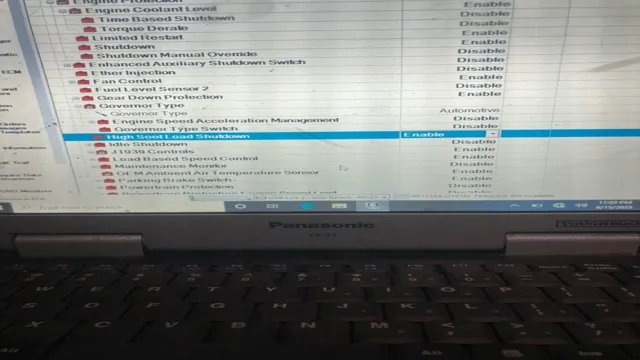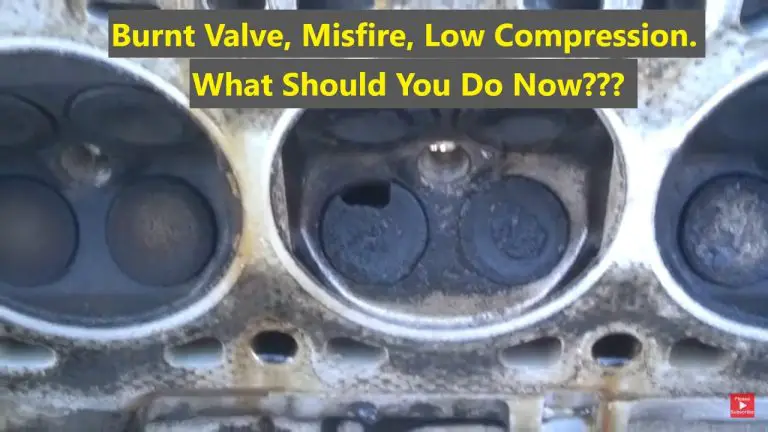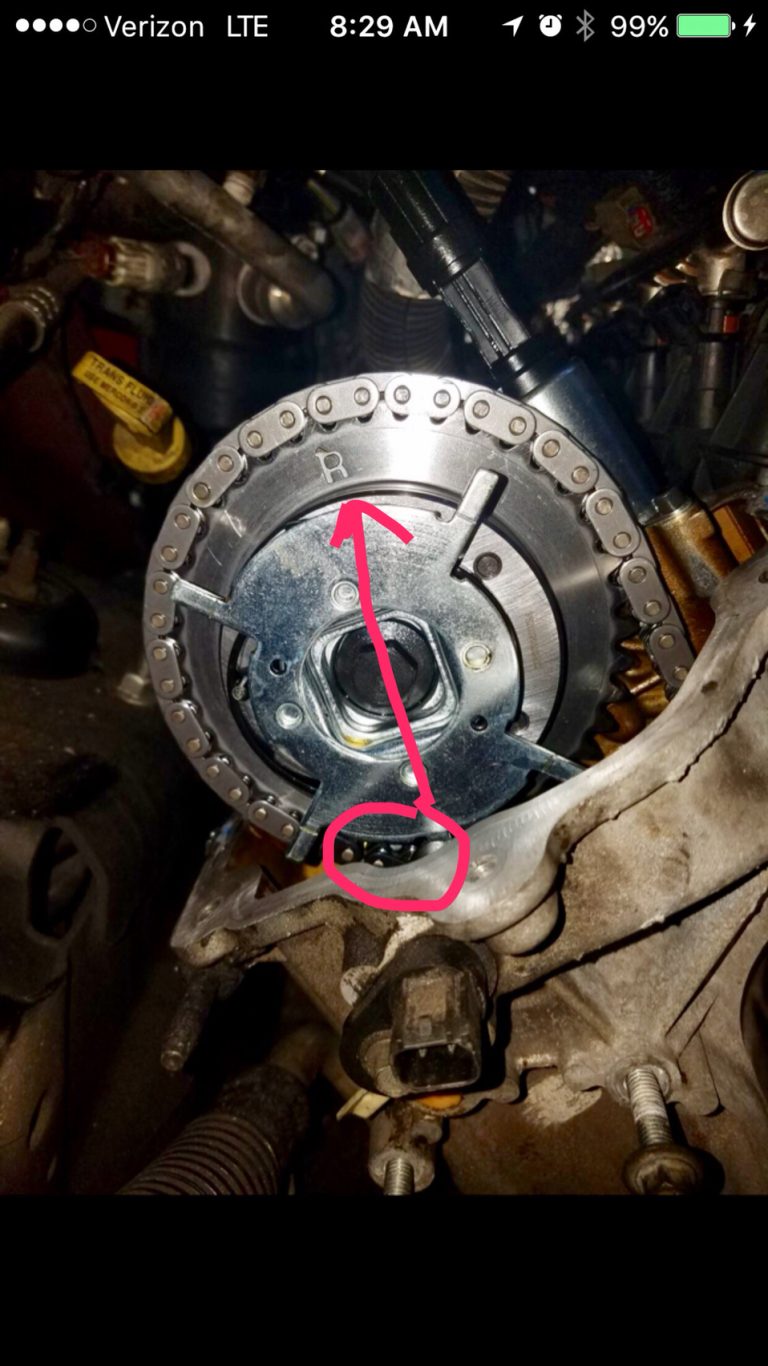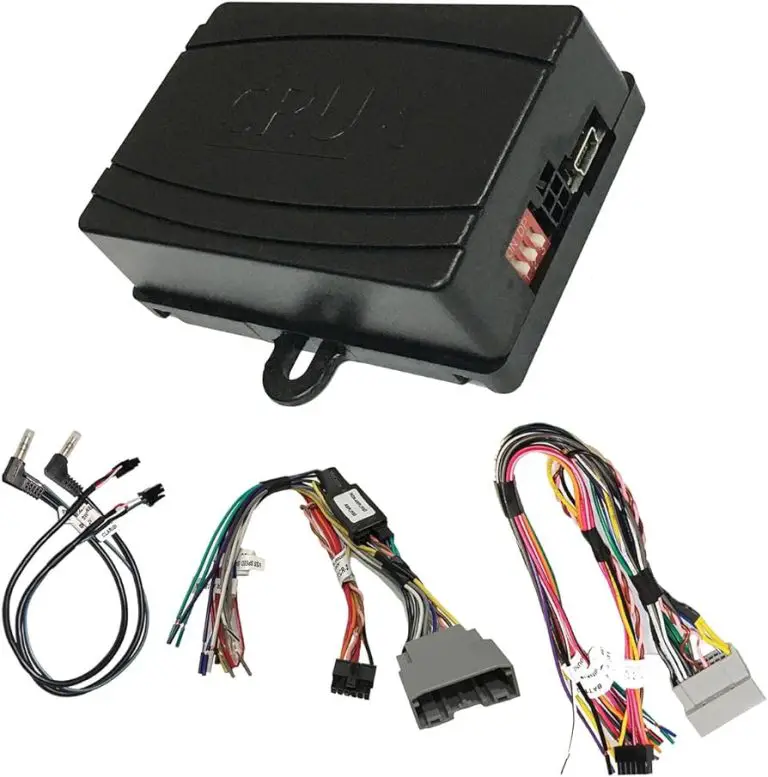Effortlessly Drain Your Torque Converter with These EasySteps: Expert Guide Included!
Do you find yourself in a situation where you need to change or replace the transmission on your car? If so, you may also need to drain the torque converter. This task may sound daunting, but with the right tools and knowledge, it can be a fairly straightforward process. In this blog, we will discuss how to drain a torque converter step by step, so you can get your car back on the road as quickly as possible.
Whether you are a seasoned mechanic or a beginner, our guide will provide you with all the information you need to accomplish this task like a pro. So, let’s get started!
What is a Torque Converter?
If you’re wondering how to drain the torque converter, it’s important to first understand what a torque converter is and why it’s necessary. A torque converter is a component found in automatic transmissions that transfers power from the engine to the transmission. It’s made up of three parts: the impeller, stator, and turbine.
As the impeller rotates, it pushes fluid into the stator, which redirects the fluid back into the turbine, causing the wheels to turn and the vehicle to move forward. To drain the torque converter, you’ll need to first find the drain plug, which can be located in different areas depending on the make and model of your vehicle. Once you locate the drain plug, place a container underneath to catch the fluid, and remove the plug using a wrench.
Allow the fluid to drain completely before replacing the drain plug and adding new transmission fluid. It’s important to note that draining the torque converter is only necessary when performing a full transmission fluid flush or replacement. It’s not recommended to drain the torque converter separately, as it can be difficult to ensure that all of the old fluid has been completely removed.
Ultimately, draining the torque converter is just one step in maintaining and prolonging the life of your vehicle’s transmission.
Explanation of its purpose and function
A torque converter is a device used in automatic transmissions that allows the engine to spin independently of the wheels when the vehicle is stopped. This is accomplished through a fluid coupling that transmits power from the engine to the transmission. The torque converter consists of an impeller, turbine, and stator.
The impeller is attached to the engine and drives the transmission fluid. The turbine is attached to the transmission and is driven by the fluid flowing from the impeller. The stator redirects the fluid flow from the turbine to the impeller, increasing the torque and efficiency of the device.
When the vehicle is at a stop, the torque converter allows the engine to continue running without stalling, providing the necessary power to run the vehicle’s auxiliary systems like the air conditioning and power steering. Once the vehicle starts moving, the torque converter begins to lock up, providing a direct connection between the engine and transmission, improving fuel efficiency and reducing heat buildup in the transmission. So, next time when you rev up your engine, you must remember that your engine’s power is transmitted to the wheels through the torque converter.
Signs of a Torque Converter Failure
The torque converter is a significant component found in automatic transmissions, converting the rotational power of the engine into hydraulic pressure to shift gears. If you notice signs of a torque converter failure such as transmission slipping, shuddering, or unresponsive gears, it may be time to drain and replace it. Draining the torque converter is relatively straightforward, requiring access to the transmission pan with a drain plug.
After draining the fluid, you can remove the torque converter bolts and replace it with a new one before reassembling the transmission. If this process sounds overwhelming or confusing, it’s best to leave it to a professional mechanic to avoid further damage. Proper maintenance, including regular fluid changes and inspections, can help prevent torque converter failure and extend the lifespan of your transmission.
Highlighted symptoms and when to check
If you own a vehicle with an automatic transmission, then your torque converter plays a crucial role in your car’s operation. This component allows your engine to keep running while the car is idle, as well as transfer power to your wheels. However, over time, torque converter failure can occur and lead to a multitude of issues.
One common sign of a failing torque converter is a noticeable vibration or shudder at lower speeds. Additionally, you may experience difficulty accelerating or notice a decrease in power when attempting to climb hills. If you suspect your torque converter may be failing, it’s important to have it checked by a qualified mechanic as soon as possible.
Ignoring the symptoms of torque converter issues may lead to more serious transmission problems, and ultimately, an expensive repair bill.
Preparation Before Draining
Before draining your torque converter, there are a few things you should do to prepare. First, make sure you have the necessary tools and equipment to safely and efficiently drain the converter. Depending on your vehicle’s make and model, you may need a drain pan, socket wrench, and/or a torque converter drain plug remover.
It’s also important to disable the vehicle’s power source by either disconnecting the battery or turning off the ignition. This will prevent any accidents or injuries from occurring during the draining process. Finally, you should consult your vehicle’s owner’s manual or a professional mechanic to ensure that you are draining the torque converter correctly and safely, as each vehicle may have different specifications and requirements.
With these preparations in place, you can confidently and safely drain your torque converter and maintain the health and longevity of your vehicle’s transmission.
Tools needed and safety precautions
Before you begin draining your car’s transmission fluid, it’s important to ensure that you have all the necessary tools and equipment. First and foremost, you’ll need a drain pan to catch the old fluid. You should also have a funnel to add the new fluid after draining and a socket wrench for removing the drain plug.
Additionally, a pair of safety goggles and gloves should be worn to protect your eyes and skin from the potentially harmful fluid. Always refer to your car’s owner manual for specific instructions and the recommended type of transmission fluid. It’s also important to let the engine run for a few minutes to warm up the fluid before beginning the draining process.
By taking these steps and precautions, you can ensure a safe and successful fluid change, keeping your car running smoothly for miles to come.
Step-by-step Guide to Draining Torque Converter
If you want to drain the torque converter of your car, there are a few steps you need to follow. First, make sure you have all the necessary tools, such as a drain pan, a socket set, and a torque wrench. Check your car owner’s manual to locate the drain plug on the torque converter.
Once you have found it, position the drain pan beneath the plug. Use the socket set to remove the drain plug and let the fluid flow into the pan. As the fluid drains out of the torque converter, begin refilling it with new fluid until it spills out of the filler tube.
Replace the drain plug and tighten it with a torque wrench at the recommended torque specification. Double-check the fluid level and make sure you have filled it up to the right level. Now you know how to drain the torque converter and replace the old fluid with new, fresh fluid, which is essential for the proper functioning of your car’s transmission and torque converter.
Description of each step with visual aid
Draining torque converter is an essential maintenance task for keeping your vehicle running smoothly. A torque converter, responsible for transmitting engine power to the transmission, is filled with fluid, and over time, contaminants can build up, affecting the performance of the transmission. In this step-by-step guide to draining torque converter, we’ll provide you with a visual aid and a detailed description of each step.
Firstly, locate the torque converter drain plug, which is typically situated on the lower side of the torque converter housing. Next, remove the plug and drain the fluid into a drain pan. Once the fluid has drained out, turn the engine over to pump out any remaining fluid.
However, take note that turning the engine over can further contaminate the transmission with metal filings. So, it’s best to conduct this step only if it’s necessary. Finally, replace the drain plug and fill the torque converter with the appropriate amount of transmission fluid.
By following these simple steps, you can keep your vehicle’s torque converter in top condition and enjoy uninterrupted performance while driving.
Common Mistakes to Avoid
When it comes to draining a torque converter, there are a few common mistakes that you’ll want to avoid. First and foremost, make sure that your vehicle is on level ground before you begin the process. This will help to ensure that the torque converter is emptied evenly and prevent any complications during the draining process.
Another mistake to avoid is using the wrong type of fluid for your vehicle. There are specific fluids that are recommended for use with torque converters, and using the wrong one can lead to serious damage to your transmission. It’s also important to take your time during the draining process.
Rushing through the process can lead to mistakes and complications down the line. Overall, taking the time to carefully drain your torque converter and avoiding these common mistakes can help to ensure that your vehicle runs smoothly and efficiently.
List and explanation of mistakes to avoid
As a business owner or content creator, it’s essential to avoid common mistakes that could hurt your brand’s image or make you lose your audience. One common mistake is neglecting your audience’s needs and interests, leading to irrelevant or unengaging content. Therefore, always research your target audience and create content that speaks to their pain points and interests.
Another mistake is focusing on quantity over quality in content creation, leading to shallow or poorly researched content. Instead, prioritize quality, originality, and authenticity in your content to attract and retain your audience. Another mistake is inconsistency in your content publishing schedule, leading to lost followers or reduced engagement.
Therefore, establish a consistent publishing schedule and stick to it to maintain your audience’s interest and trust. Lastly, neglecting to optimize your content for search engines will hamper your visibility and organic traffic. Utilize relevant keywords, meta tags, and internal linking to improve your content’s search engine ranking and attract more organic traffic.
By avoiding these common content creation mistakes, you’ll establish your brand as a credible source and foster a loyal following.
Testing and Final Thoughts
One of the key steps in transmission maintenance is ensuring that the torque converter is drained properly. To do this, you’ll need a special tool called a torque converter drain plug wrench to loosen the plug at the bottom of the converter. Before attempting to remove the plug, make sure that the transmission is in park and that the parking brake is engaged.
Then, slowly turn the plug counterclockwise until oil begins to flow out. It’s important to catch all of the oil in a container so that it can be properly disposed of. Once all the oil has drained, replace the plug and tighten it carefully to prevent any leaks.
With this step complete, you can rest assured that your transmission will be running smoothly for miles to come.
Conclusion
In conclusion, draining the torque converter requires a bit of patience, some basic tools, and a willingness to get a little messy. But fear not, with a few simple steps, you’ll be able to flush out those old fluids and keep your vehicle running smoothly. Just remember, don’t rush the process and take your time to ensure everything is done correctly.
And who knows, maybe you’ll even impress your friends with your newfound automotive prowess. So go ahead, take the leap, and drain that torque converter like a pro!”
FAQs
What is a torque converter?
A torque converter is a device that helps transfer power from the engine to the transmission.
How do I know if my torque converter is not working properly?
The symptoms of a faulty torque converter include slipping, shuddering, and a delay in acceleration.
Can I drive with a bad torque converter?
It is not recommended to drive with a faulty torque converter as it can cause damage to your transmission and engine.
How can I drain the torque converter?
To drain the torque converter, you need to remove the drain plug on the bottom of the converter and let the fluid drain out. Alternatively, you can use a fluid extractor tool to remove the fluid through the dipstick tube.





